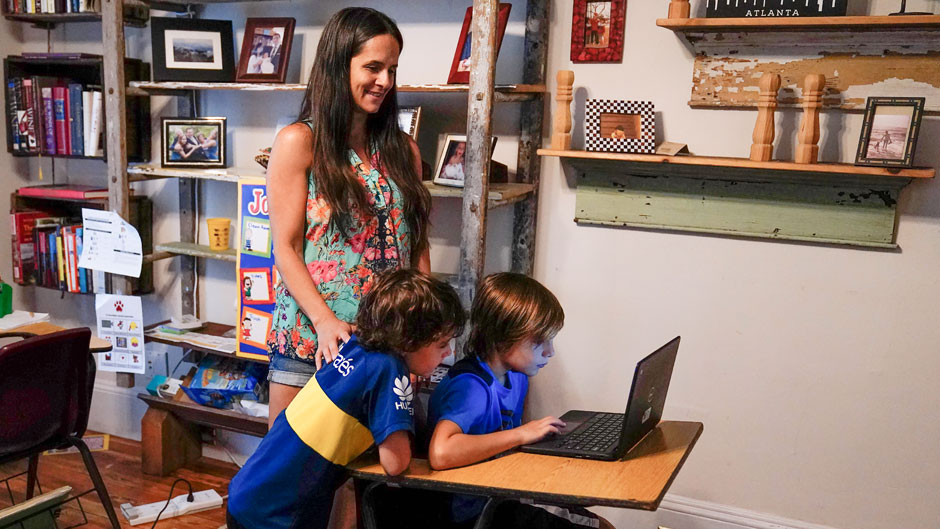As the COVID-19 pandemic rages on, millions are being pushed into poverty because of loss of jobs and wages—and the number of women and girls affected is disproportionally higher than men, a United Nations report shows.
The recently released report shows that the pandemic will push 96 million people into extreme poverty by 2021 worldwide, 47 million of whom are women and girls. This will bring the total number of women and girls living on $1.90 or less a day to 435 million worldwide, according to the report.
In the United States, women have suffered disproportionately from the pandemic and related economic landslide. The reasons are multiple. In the workplace, women are more likely to work in hospitality and service sectors—those industries most affected by the coronavirus. And societally, women continue to be tasked with the overwhelming brunt of family responsibilities—caring for children and household chores—a reality that compromises their workplace stability and ascendance.
A July 2020 McKinsey Global report documented that women, who make up 43 percent of the workforce, suffered 56 percent of COVID-related job losses. Additionally, Bureau of Labor statistics indicated that the unemployment rate, which in February was nearly equal between men and women at 3.4 and 3.6 percent, respectively, raised dramatically by April, with women at 16.2 and men at 13.5.
“I think the pandemic in general has exacerbated issues that have always been there with regard to gender disparities and social racism,” said Pamela Geller, associate professor of anthropology at the University of Miami. “It has laid bare the fragilities of our systems.”
Besides a higher percentage of women losing their jobs in relation to men, women are also more vulnerable under the pandemic because “women are paid less than men, on the average, so they are less likely to have nest eggs aside to weather a crisis,” said Louise Davidson-Schmich, professor of political science.
Lockdown orders meant that many couples had to take care of their children at home. This has often resulted in one parent leaving their outside work and it generally makes sense that the one who gives up working outside the home is the one making less money, said Davidson-Schmich. “This usually means that the mother has to give up her job,” she added.
Even for women who keep their jobs, they are usually tasked with a disproportionate amount of household responsibilities, which may hinder their ability to advance in their careers, she explained.
In order to care for their young children, women may choose to stay at home or work at jobs with part-time or flexible schedules. This has long lasting negative implications on their labor market outcomes, said Rong Hai, assistant professor of economics at the Miami Herbert Business School, who referenced a range of Bureau of Labor and Current Population Survey sources.
These negative implications include lower wages and less access to promotions. If women exit the labor market, they will face difficulties in reentering the labor market as well as finding a high paid job, Hai said. To accommodate the needs to care for young children, many women choose to work flexible schedules or part time. But this also carries a cost since these part-time jobs pays less in hourly wages. Over time, these negative implications reinforce and exacerbate the labor market challenges faced by women, which leads to the widening gender wage gap over age.
For single parents, most of whom are women, the situation during this pandemic is even more difficult, said Davidson-Schmich. They do not have the luxury of stopping work and if they do, they are more prone to poverty than they were before the pandemic.
A Brookings Institution study in April showed that 1 in 5 of female-headed households with children younger than 12 is facing food insecurity.
But the pandemic has not spared even those women in higher economic circles. A recent study in The Lancet journal found women in academia have submitted fewer research papers for peer review than men during the pandemic.
“This could mean that down the road this could make it more difficult for women to earn tenure or to be promoted to full professor,” noted Davidson-Schmich.

